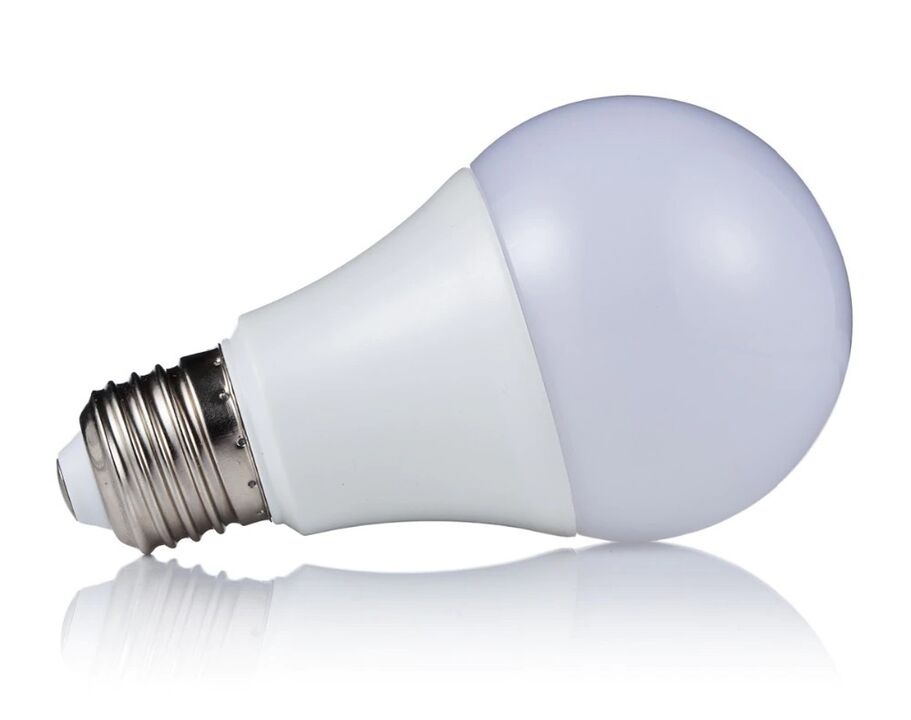
The increasing level of energy consumption, accompanied by a simultaneous increase in the cost of energy resources, leads to the diffusion of new energy-saving technologies. Currently, there is an increase in sales of LED-based lighting products for domestic and industrial use, which are becoming more and more affordable.
Many European countries have laws to phase out incandescent lamps.Energy savingwhen replacing these light sources, as well as halogen and fluorescent lamps with LEDs, this reaches 2-8 times. Additionally, switching to energy-efficient devices reduces operation and maintenance costs, improves the environmental safety of facilities and reduces carbon dioxide emissions.
Energy saving features of LED lamps
The design of the LED lamp, including a housing, an optical system and a crystal with semiconductor properties, allows you to convert electricity into luminous flux without unnecessary losses, thereby reducing energy consumption and ensuringenergy saving.
The lifespan of LED devices, while ensuring effective heat dissipation, reaches 60, 000 to 100, 000 hours, or more than 10 years. The operating time of incandescent lamps is on average 1000 hours. Thanks to reliability, durability and low energy consumptionenergy savingWhen installing new lighting fixtures, this is noticeable even on the scale of a small manufacturing plant or commercial facility. Devices based on LED technologies fully pay off investments over a period of 1 to 2. 5 years.
Selection of LED devices with optimal characteristics
The modern lighting market offers LED devices with various characteristics and energy saving indicators, which determineenergy savingwhen using devices.
When choosing a lamp, it is important to pay attention to the value of the luminous efficiency indicator, that is, the amount of luminous flux emitted by the light source when consuming one watt d'electric energy. In order to maintain the level of lighting and maintain comfortable conditions in the installation, the luminous flux of the installed lamp should be chosen at least in relation to this indicator for the device to be replaced. When installing lamps, it should be taken into account that for incandescent lamps the luminous efficiency is 10-15 lm/W, for fluorescent devices - 65 lm/W, and for modern LED devices -110-150lm/W.
























